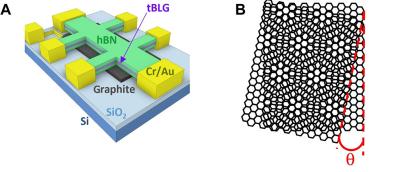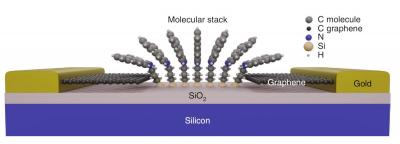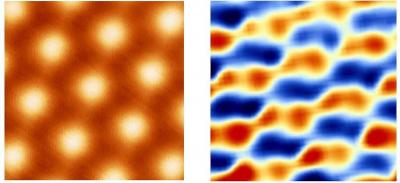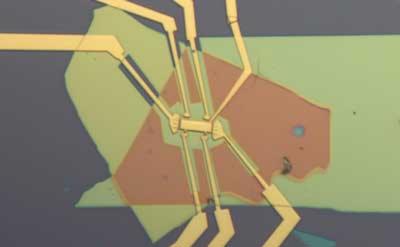by MBF Admin | Nov 2, 2019 | 2D materials, Aerospace, AGM, Angstron Materials, Audio, Conductors, Development, Electronics, Graphene applications, Investment, Products, Research, Technical / Research
An international team of researchers from Spain, the U.S., China and Japan has found that superconductivity in bilayer graphene can be turned on or off with a small voltage change, increasing its usefulness for electronic devices. This follows previous findings...

by MBF Admin | Oct 22, 2019 | 2D materials, Aerospace, AGM, Angstron Materials, Audio, Conductors, Development, Graphene applications, Graphene composites, Haydale, Investment, Products, Research
Haydale has launched a range of graphene-enhanced prepreg materials for lightning-strike protection, utilizing functionalized graphene to improve the electrical conductivity.The material has been developed in collaboration with Airbus UK, BAE Systems, GE Aviation and...

by MBF Admin | Oct 4, 2019 | 2D materials, Aerospace, AGM, Angstron Materials, Audio, Conductors, Development, Graphene applications, Investment, Products, Research, Technical / Research
Researchers at The Ohio State University, in collaboration with University of Texas, Dallas scientists and the National Institute for Materials Science in Japan, have found that graphene is more likely to become a superconductor than originally thought possible.(A)...

by MBF Admin | Sep 17, 2019 | 2D materials, Aerospace, AGM, Angstron Materials, Audio, Conductors, Development, Electronics, Graphene applications, Investment, Mechanical strength, Products, Research, Technical / Research
A research team jointly led by University of Warwick and EMPA has tackled a challenging issue of stability and reproducibility in working with graphene, that meant that graphene-based junctions were either mechanically stable or electrically stable but not both at the...

by MBF Admin | Aug 8, 2019 | 2D materials, Aerospace, AGM, Angstron Materials, Audio, Conductors, Development, Graphene applications, Investment, Products, Research, Technical / Research
A research team led by Rutgers University has discovered that in the presence of a moiré pattern in graphene, electrons organize themselves into stripes, like soldiers in formation. The team’s findings could help in the search for quantum materials, such as...

by MBF Admin | Jul 28, 2019 | 2D materials, Aerospace, AGM, Angstron Materials, Audio, Boron Nitride, Conductors, Development, Graphene applications, Investment, Magnetism, MIT, Products, Research, Stanford, Technical / Research
Stanford physicists recently observed a novel form of magnetism, predicted but never seen before, that is generated when two graphene sheets are carefully stacked and rotated to a special angle. The researchers suggest the magnetism, called orbital ferromagnetism,...





